MACRO AND MORE ON THE FIRST DAY OF MAY
The first of May was a predominantly sunny day, but a bit of rain did fall around noon. Many people were outside, and many outdoor barbeques were spreading scents of all kinds of fine meat slowly roasting under the great, prevalently blue sky.
I started my quiet, solitary macro celebration only in the evening, less than an hour before the sun got ready to set.
All the photographs in today's post were taken in Palera, the coastal area near the harbor of Liznjan. That place is about five or six kilometers from where I live.
Here you can see the highlight of the day, an interesting planthopper I don't encounter very often.
The name of the species is Asiraca clavicornis. It belongs to the Delphacidae family. The thick, peculiar antennae make this planthopper stand out from related species present in my area.
The fern is growing on the edge of the field. It forms a narrow belt between the herbaceous plants and the shrubs.
The scientific name of this specific fern species is Pteridium aquilinum.
Under the blackberry leaf in that area, very near the fern shown in the previous photograph, a young Neoscona adianta spider was eating some insect enveloped in silk.
In this case, Neoscona adianta is the hunter, but ...
... but the small spider can sometimes become prey.
Here you can see a jumping spider with Neoscona adianta in its fangs.
I came across this scene on the same blackberry shrub. The jumping spider was consuming the prey on the upper side of the leaves.
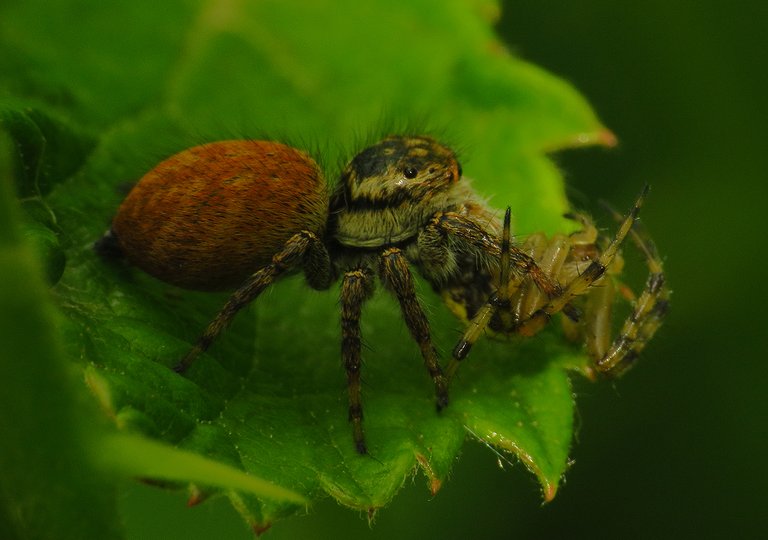
The scientific name of this species from the Salticidae family is Evarcha jucunda. This is a female. Males look considerably different.
Here you can see the common vetch (Vicia sativa) plant climbing the shrubs on the edge of the field covered with a wide variety of herbaceous plants. In the following photograph ...
... you can take a better, more up-close look at its lovely flowers.
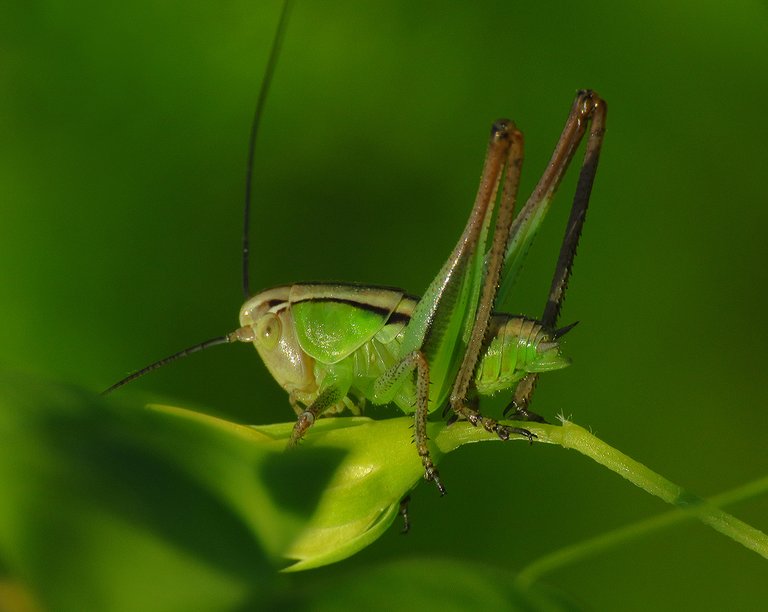
A few meters further, on another, much smaller herbaceous plant, I photographed a small, young nymph of the Sepiana sepium bush cricket.
Here you can see another portrait of the Pteridium aquilinum fern.
These common poppies (Papaver rhoeas) were photographed in the central part of the field.
The predominant plant in this area is the Anthemis arvensis.
Here you can see the interesting, colorful caterpillar I found on one of those Anthemis arvensis plants.
This is the larval stage of a moth from the Noctuidae family.
The scientific name of the species is Cucullia chamomillae.
Its common name is a bit surprising for a moth. Cucullia chamomillae is commonly known as the chamomile shark.
Anthemis arvensis, on the other hand, is commonly known as the corn chamomile or scentless chamomile.
The chamomile shark shown in these photographs was enjoying the abundance of fresh food in the sea of chamomile.
In its larval stage, the Cucullia chamomillae feeds on various species of chamomile.
Dry stems of the Capsella bursa-pastoris plants were sparsely scattered among the green, juicy Anthemis arvensis.
The sinuous shapes of those dry stems resembled a caterpillar, so I assembled this set of photographs to put that vague similarity right before your eyes.
Flower buds on a few Anthemis arvensis plants were starting to turn into flowers in those days.
In the above photograph, you can see a bush cricket nymph posing on the top of a semi-developed flower. The scientific name of the species is Decticus albifrons. Adults look considerably different.
Here you can see a bunch of poppies lit by the warm light of the late afternoon.
On another Anthemis arvensis, I photographed two small bugs from the Lygaeidae family.
The Nysius graminicola were mating.
These bugs feed on a wide variety of herbaceous plants present in the area.
Here you can see the Malachius bipustulatus, a beetle from the Melyridae family resting on the Anthemis arvensis leaves. As adults, these beetles feed on nectar, pollen, and very small insects like aphids.
The larvae live under the bark, in the rotting wood, or in the ground among the roots of grasses, where they hunt various small insects and their larvae.
This and the previous photograph were taken without the flash, after sunset, when I was almost ready to leave Palera and drive back home. The light was pretty low, so the exposure had to be relatively long. Overall, the beetle was calm enough for a sharp photograph, but its antennae were constantly moving, so you can see a bit of motion blur in that part of the picture. That small trace of movement enhances the photograph, in my opinion.
Here you can see another bunch of beautiful poppies. These aren't the common poppies I showed earlier in the post. The scientific name of this species is Papaver apulum.
On one of the long leaves of the Rumex crispus plant, I came across the crab spider that had recently finished molting. The spider was resting on the lower surface of the leaf, near its empty old exoskeleton.
If you take a good look at all the little details in the picture, you'll notice that one of its legs is pale, very different than the other seven limbs.
The name of the species is Xysticus cristatus. It belongs to the Thomisidae family. The following photograph shows the same scene, but ...
... but a small fly has landed on the other side of the same leaf. That blurred little detail adds a bit of depth to the picture and makes it better, in my opinion.
This last shot shows the Polyommatus icarus, a small butterfly from the Lycaenidae family, resting on the grass near the dusty road that leads through the fields and meadows of Palera.
AND THAT'S IT. THE POST ENDS HERE. AS ALWAYS ON HIVE, THE PHOTOGRAPHS ARE MY WORK.
The following links will take you to the sites with more information about the protagonists of today's post. I found some stuff about them there.
https://www.naturespot.org/species/asiraca-clavicornis
https://en.wikipedia.org/wiki/Pteridium_aquilinum
https://en.wikipedia.org/wiki/Neoscona_adianta
https://en.wikipedia.org/wiki/Evarcha_jucunda
https://en.wikipedia.org/wiki/Vicia_sativa
http://www.pyrgus.de/Sepiana_sepium_en.html
https://en.wikipedia.org/wiki/Papaver_rhoeas
https://en.wikipedia.org/wiki/Anthemis_arvensis
https://en.wikipedia.org/wiki/Cucullia_chamomillae
https://en.wikipedia.org/wiki/Capsella_bursa-pastoris
https://en.wikipedia.org/wiki/Decticus_albifrons
https://en.wikipedia.org/wiki/Nysius_graminicola
https://en.wikipedia.org/wiki/Malachius_bipustulatus
https://www.cretanflora.com/papaver_apulum.html
https://en.wikipedia.org/wiki/Xysticus_cristatus
https://en.wikipedia.org/wiki/Common_blue
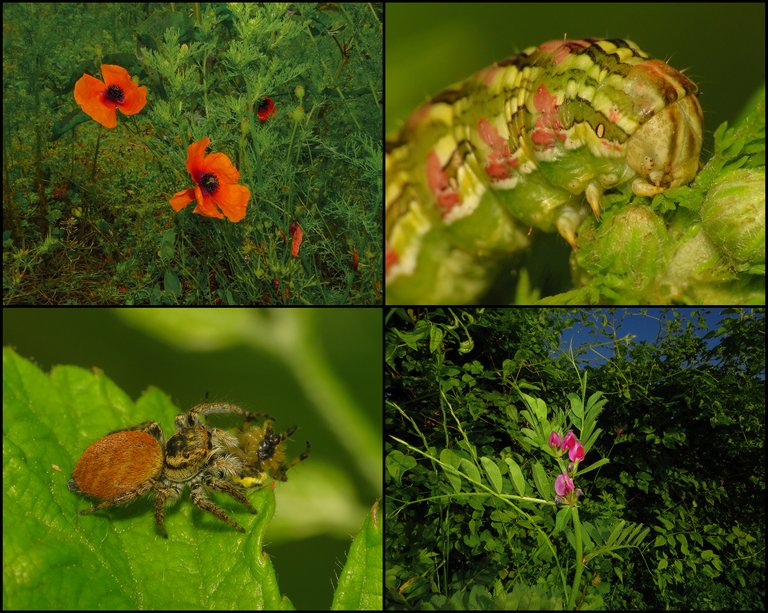
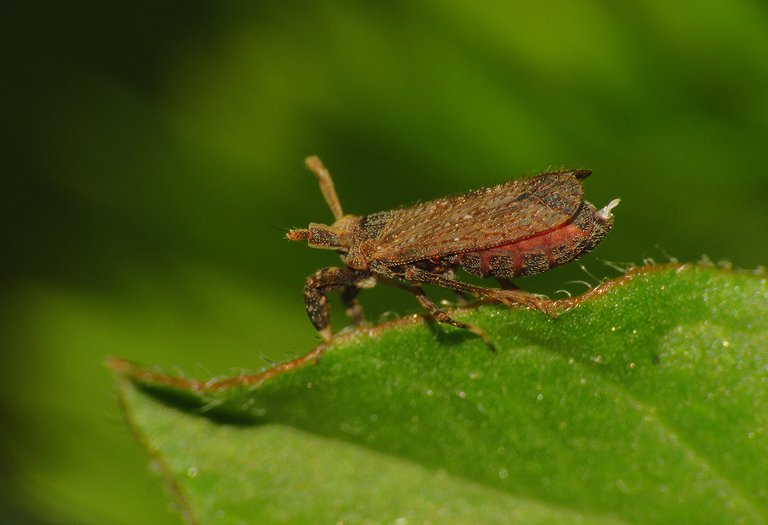
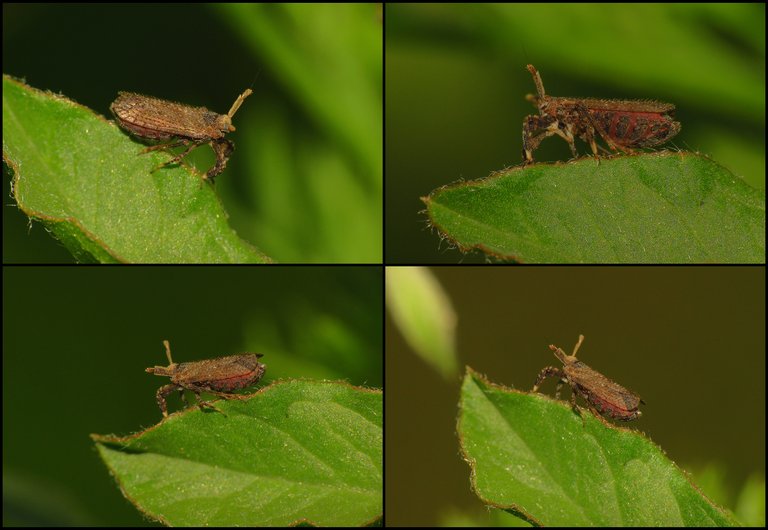
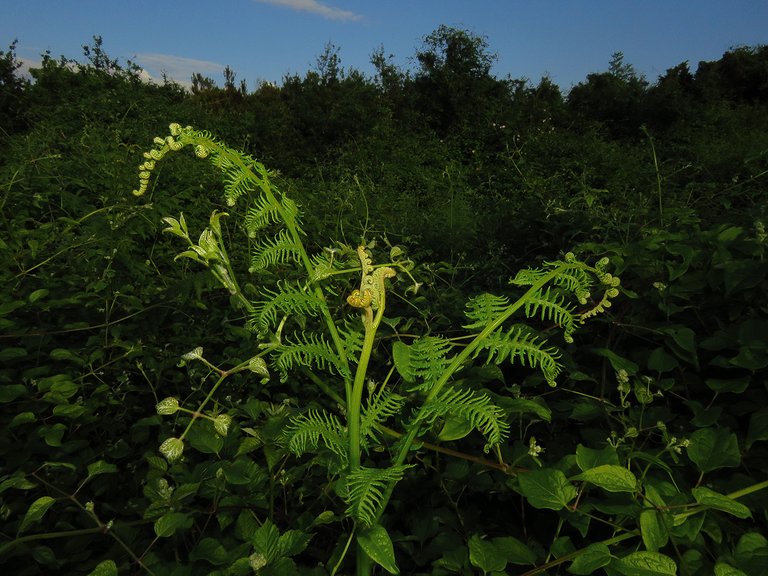
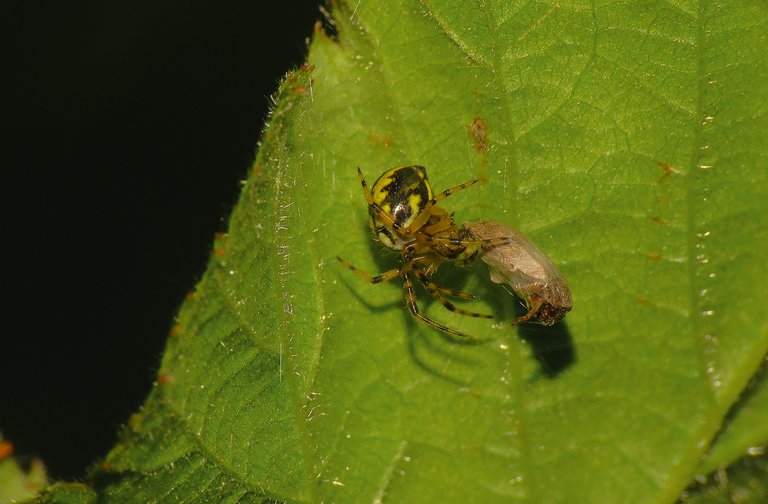

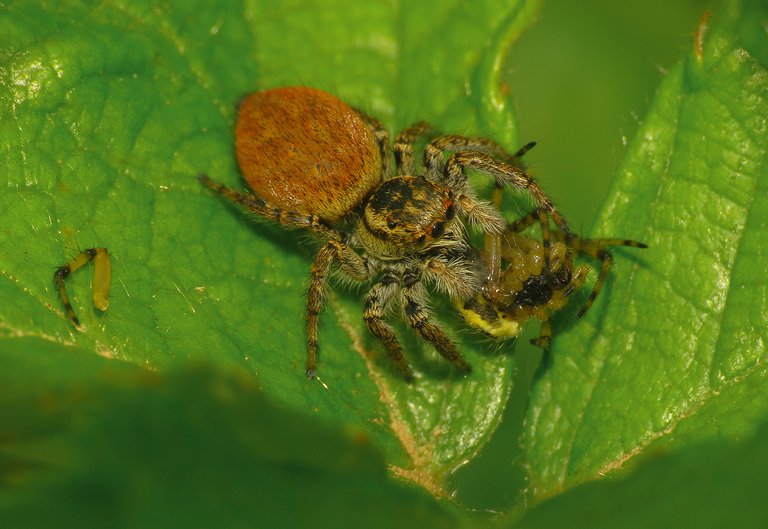
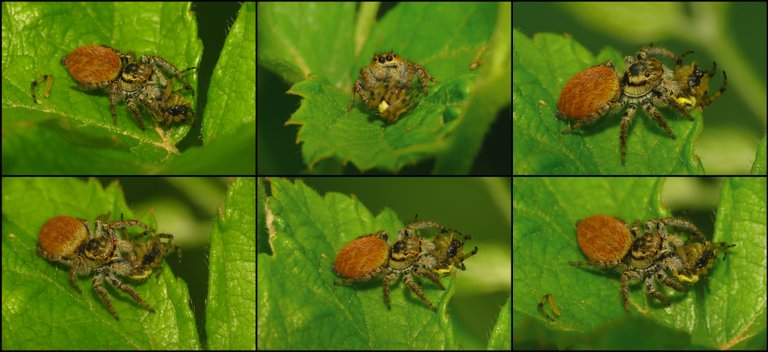
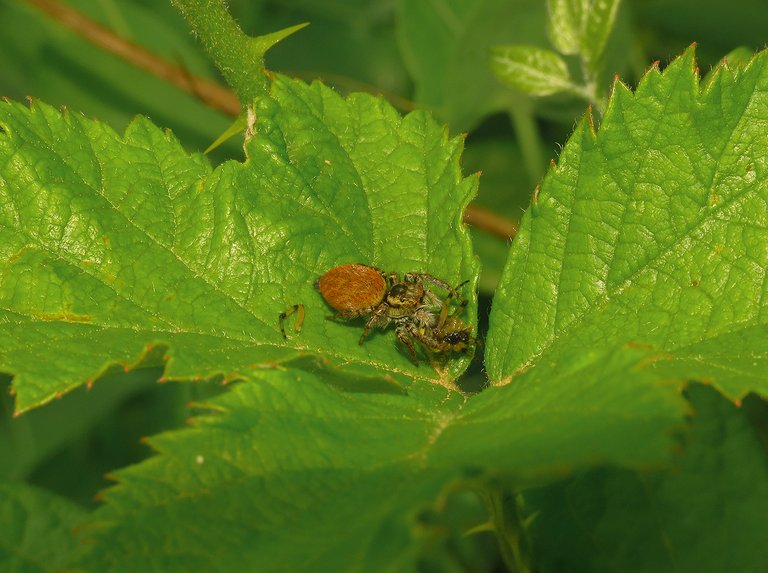
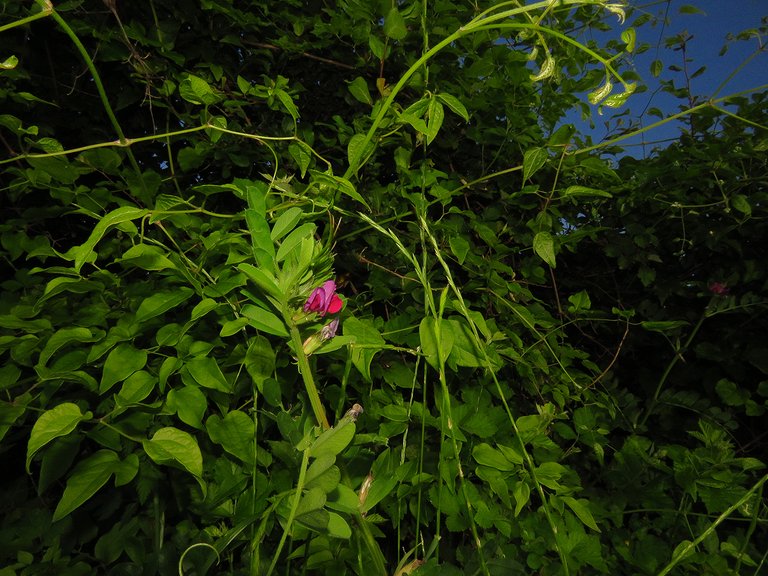
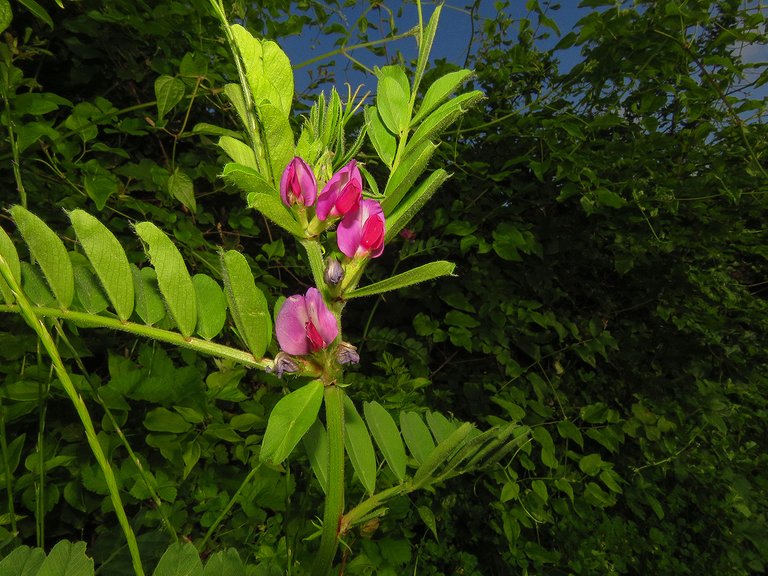
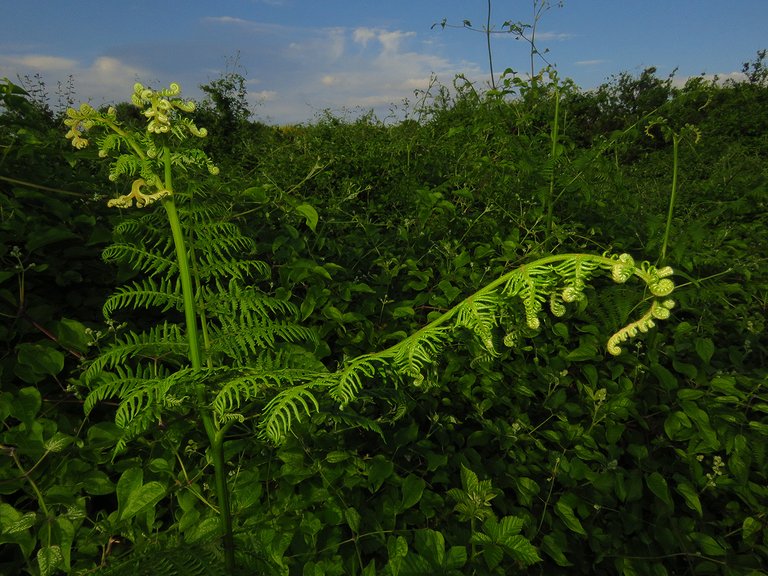
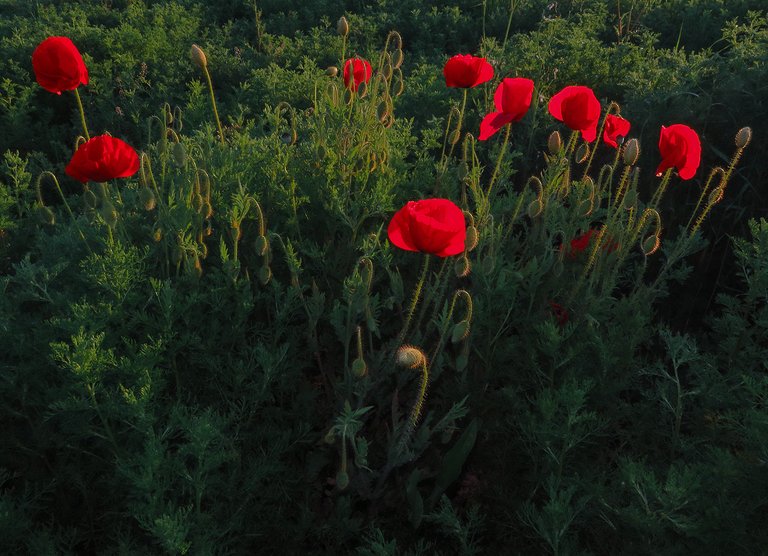
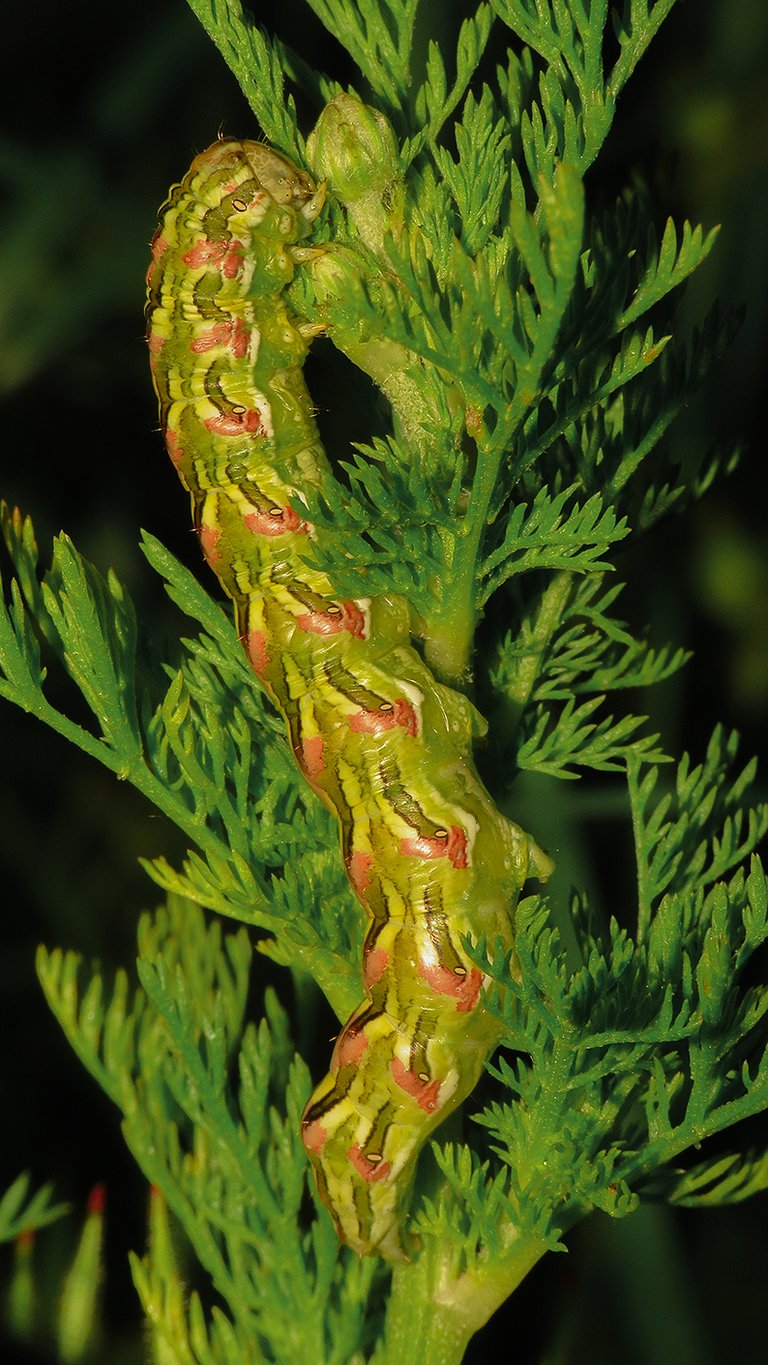
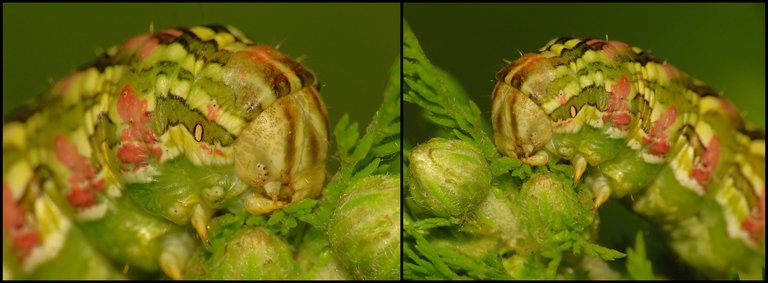
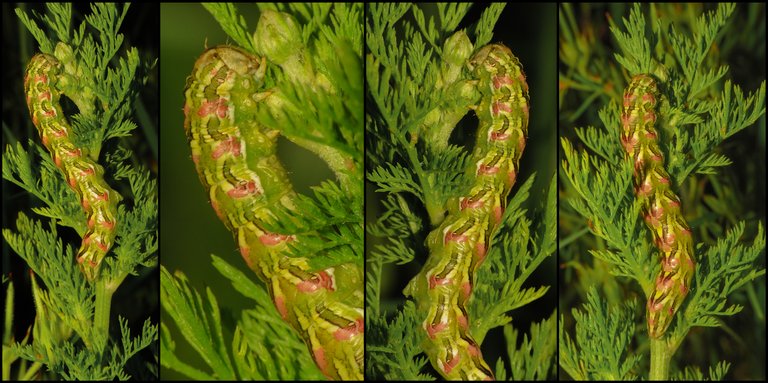
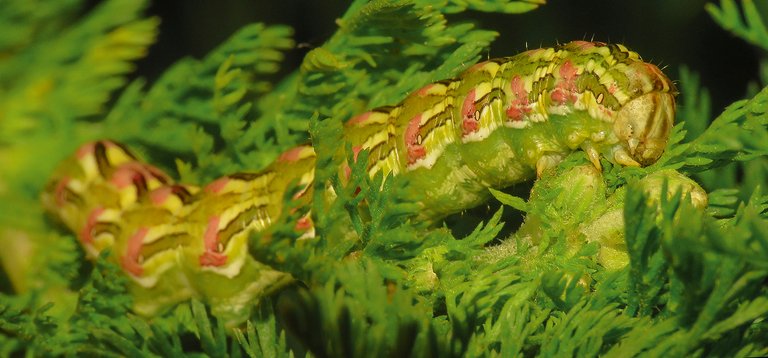
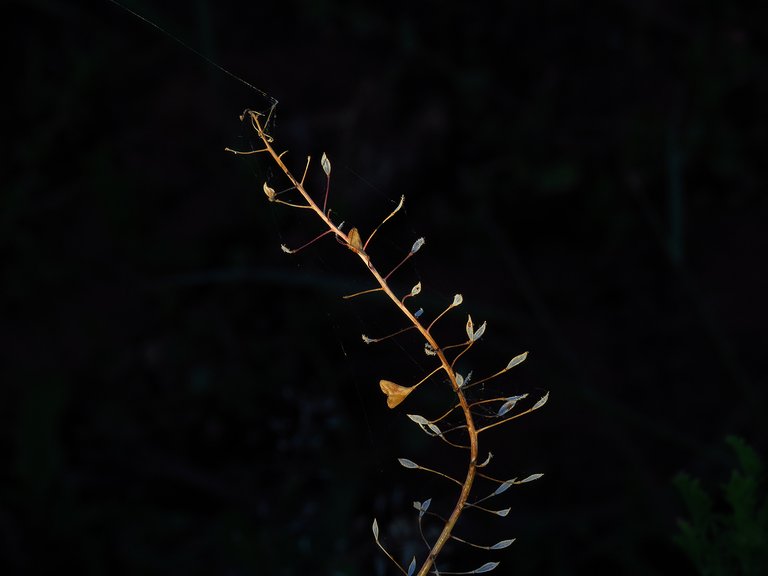

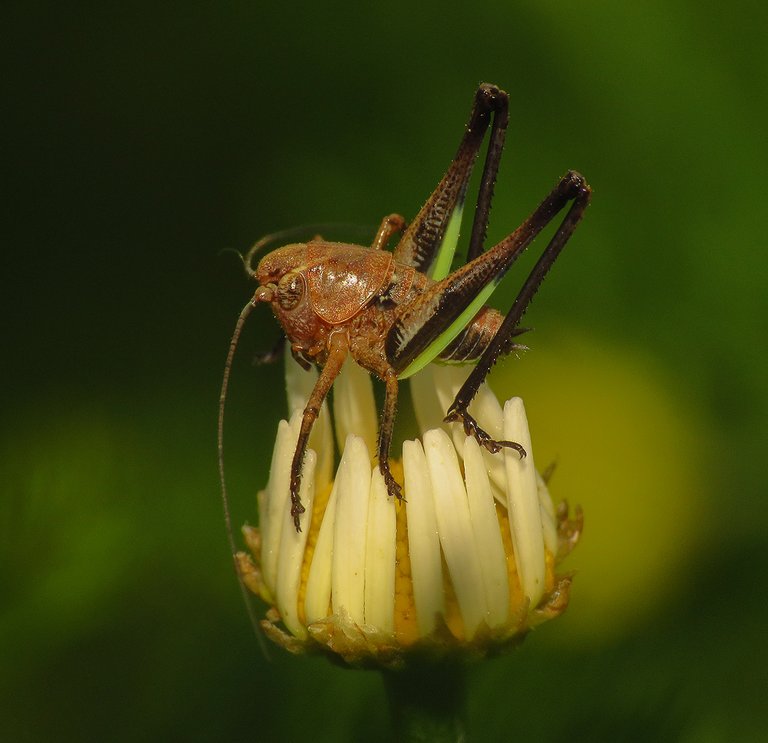
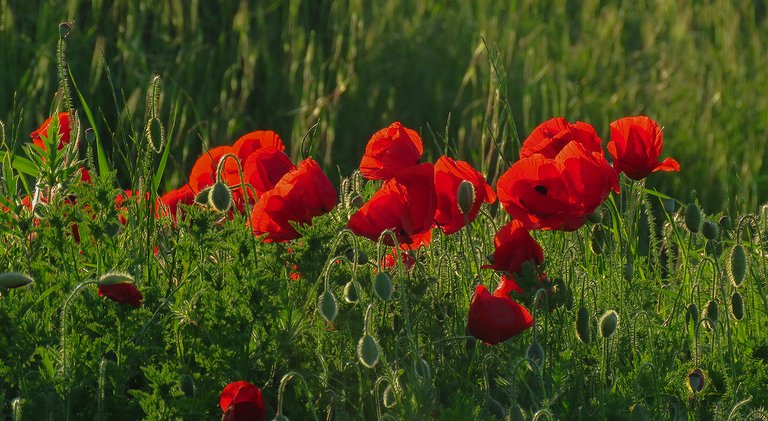
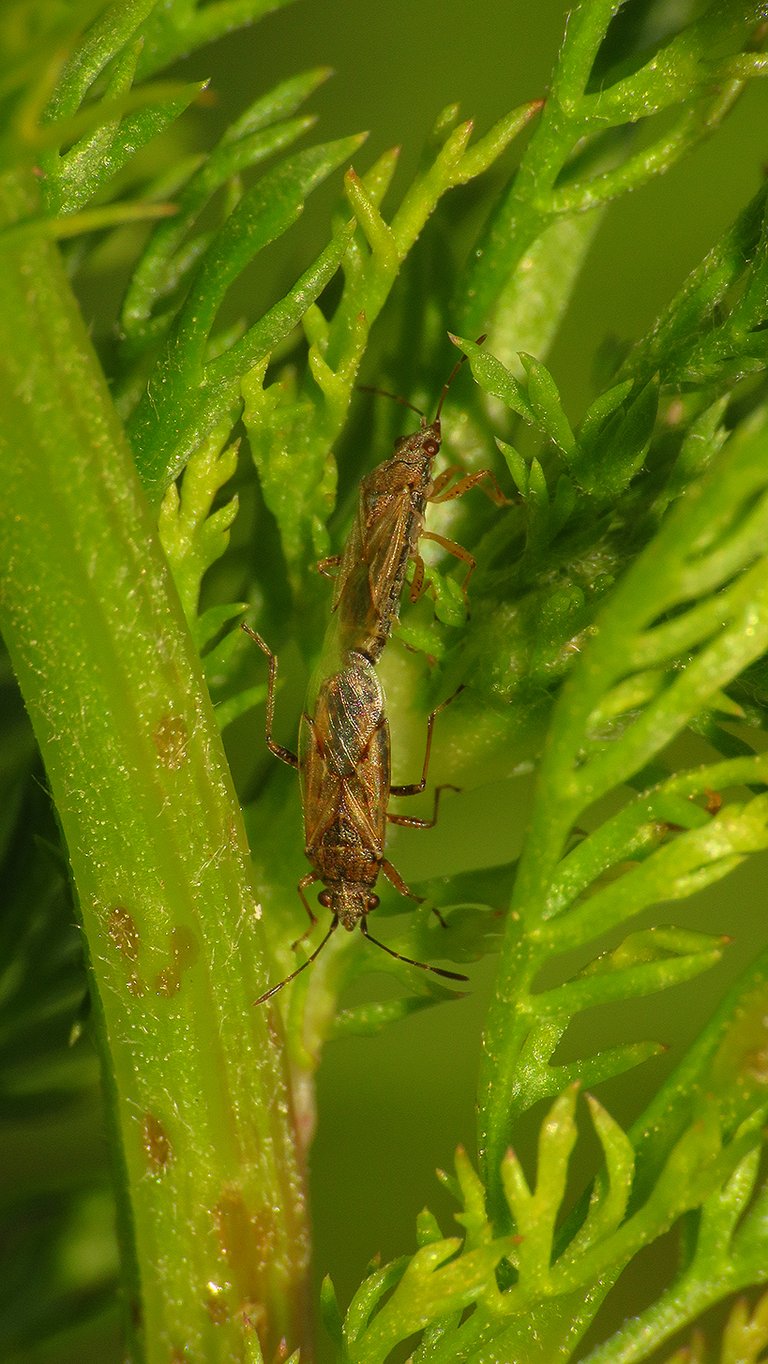
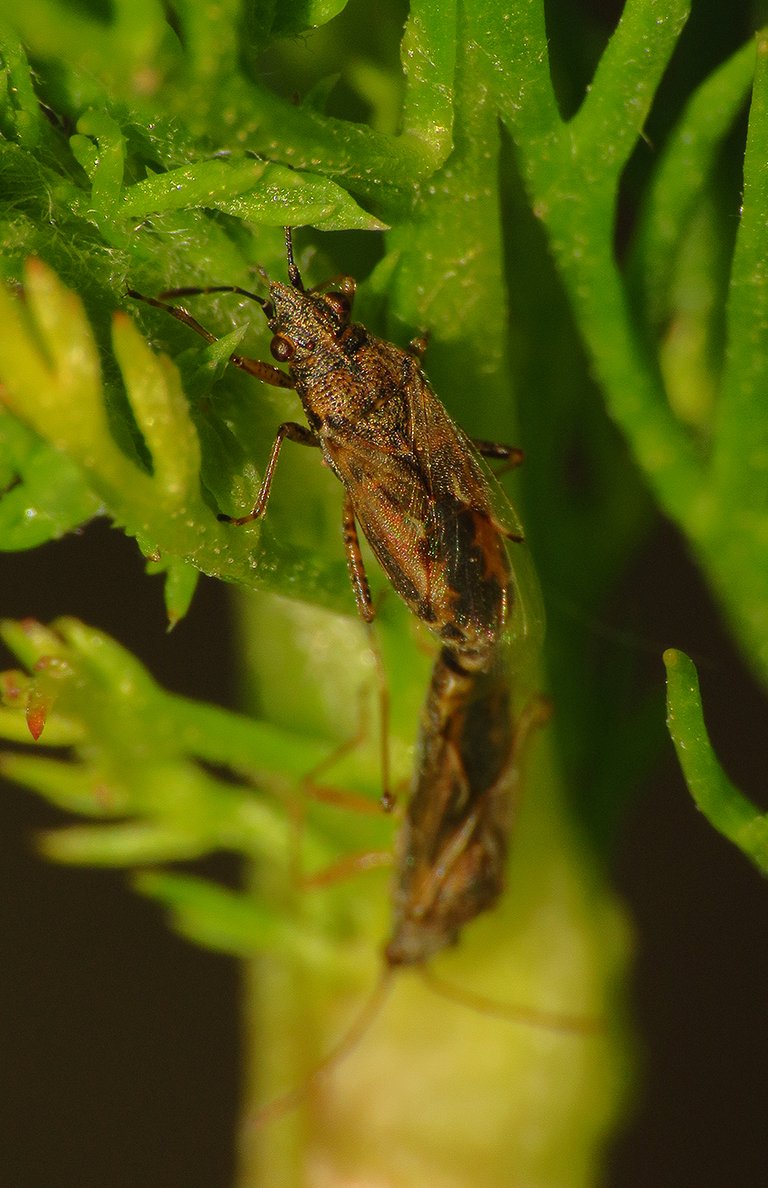
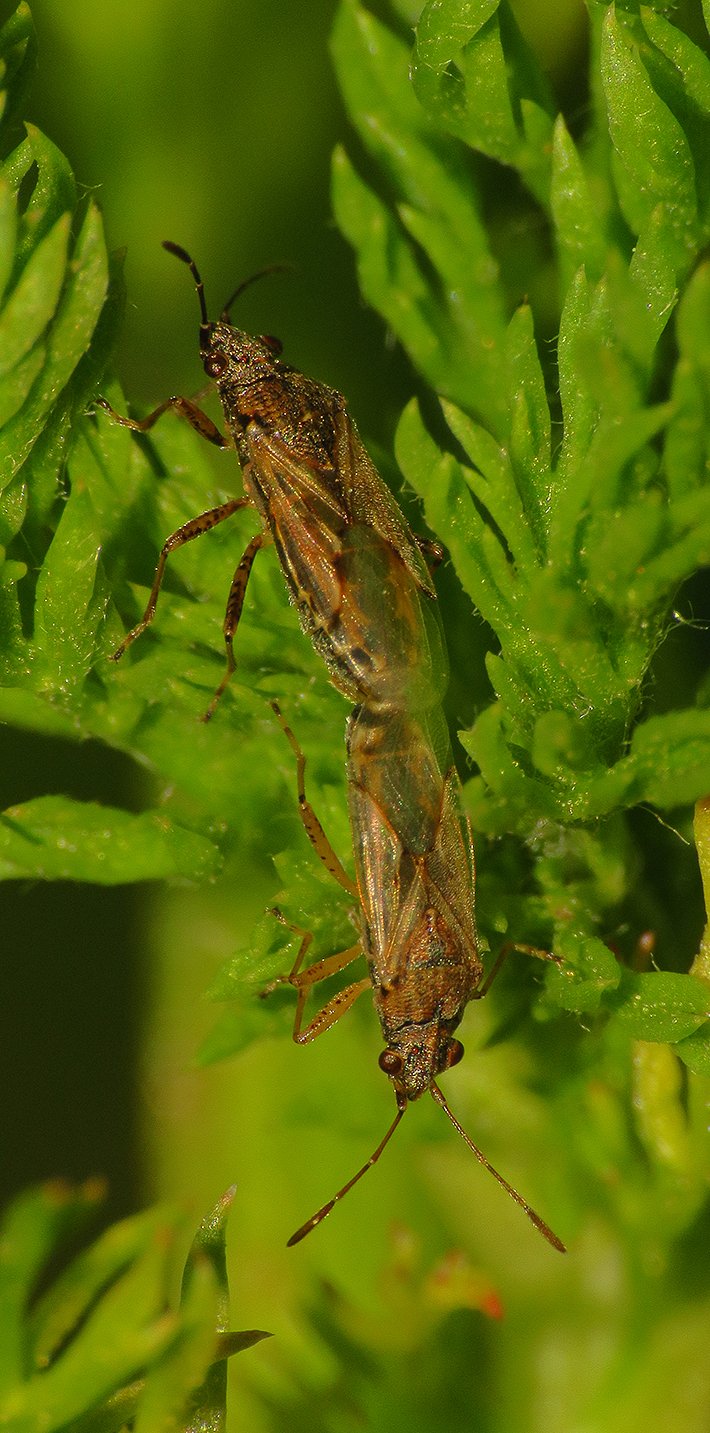
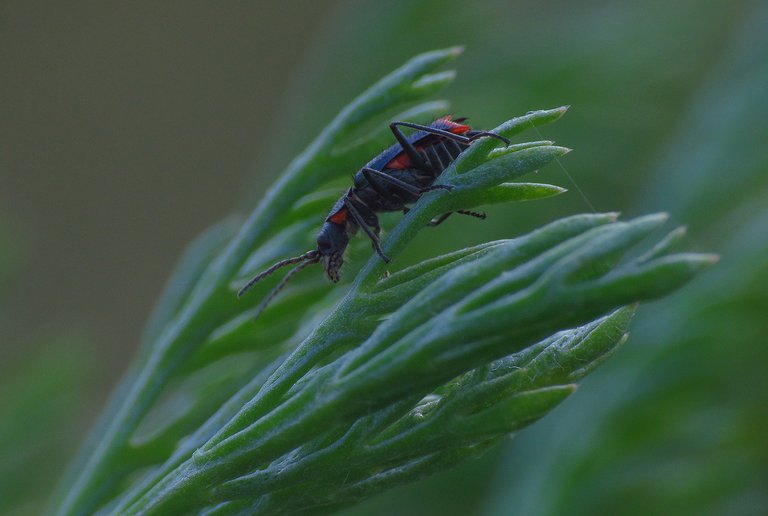
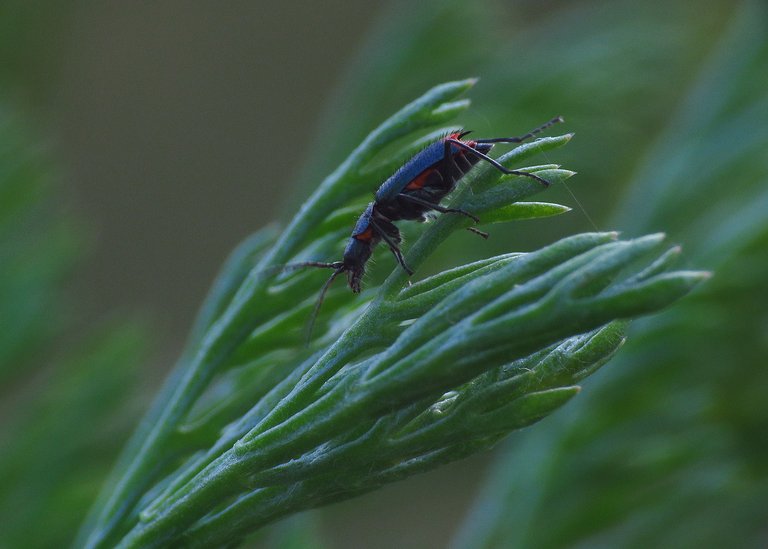
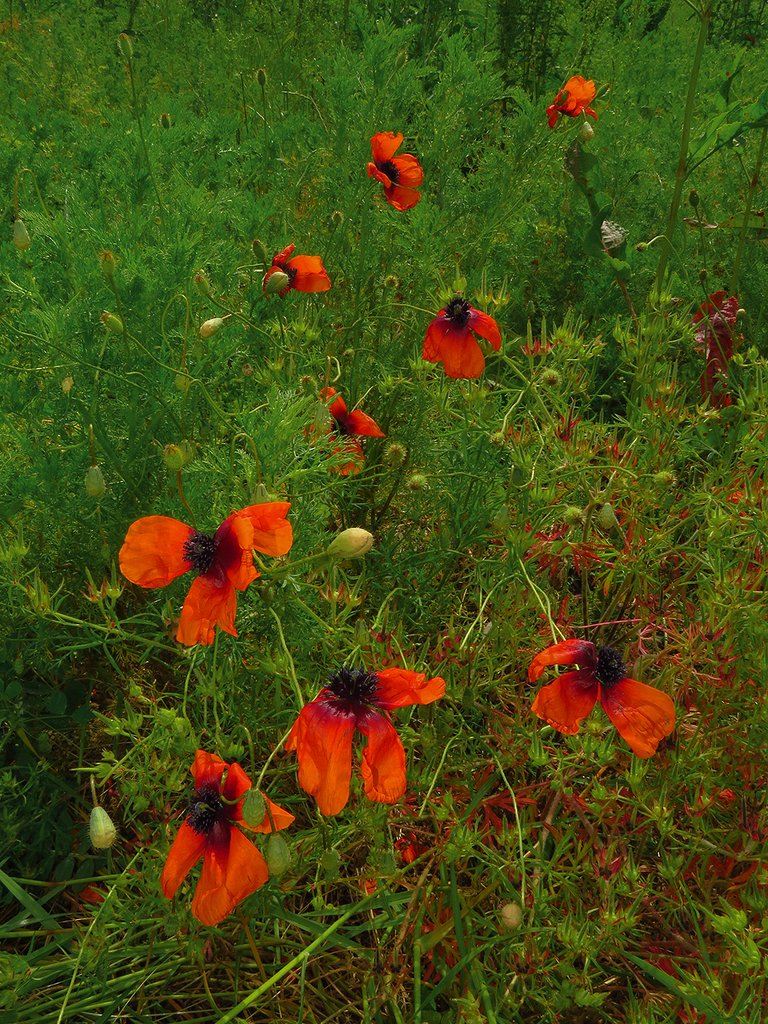
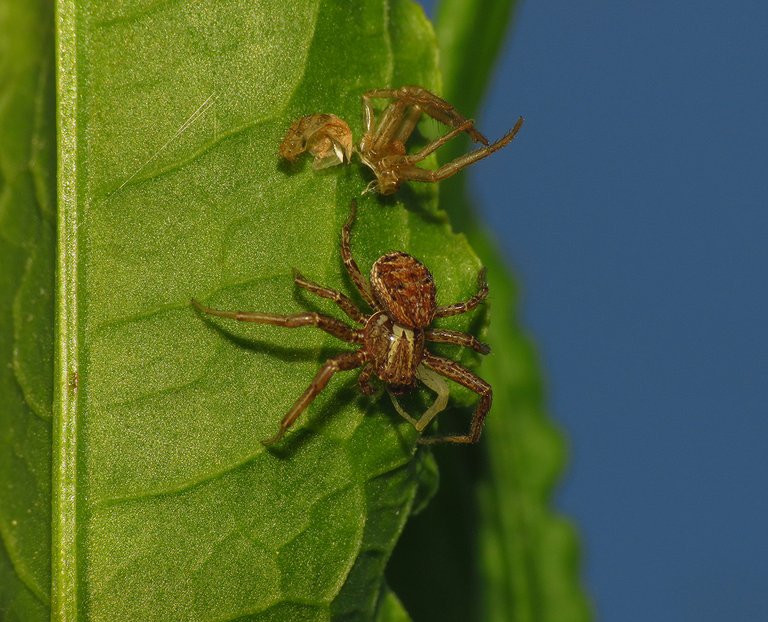
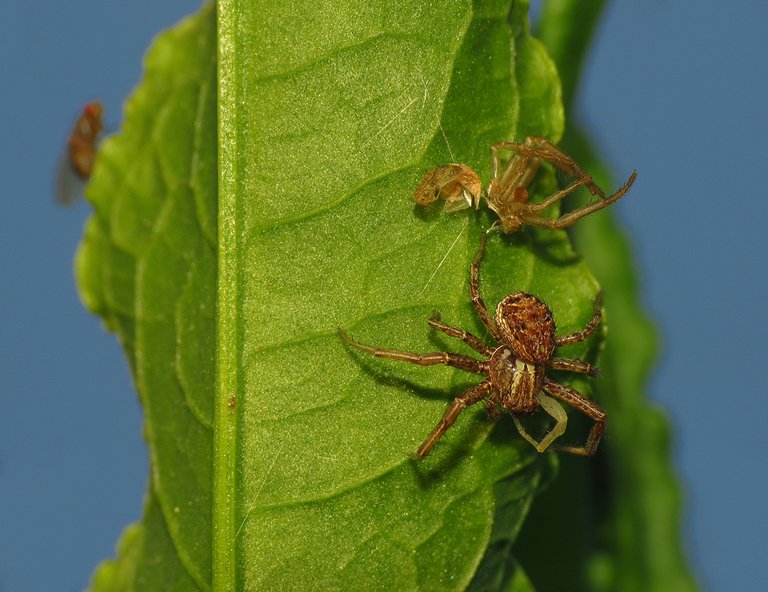

You received an upvote ecency
What a beautiful way to celebrate Labor Day, seeing gorgeous insects and beautiful wild plants.
I loved the mix of colors and the size of the caterpillar.
Beautiful macro photos.
Have a happy start to the week, dear friend @borjan.
Thank you. 🙂 Have a happy Wednesday.
poor prey that got devoid by the spider my favorite though is the colorful caterpillar, i haven't seen that specie before.
Yes, some caterpillars can be colorful and decorative like nicely designed bracelets or some similar pieces of jewelry. 😀
hsha unfortunately we cant wear them
😀
Amazing
We appreciate your work and your publication has been hand selected by the geography curation team on behalf of the Amazing Nature AN Community. Keep up the good work!
Thank you. 🙂 Glad you like the post
By adding #bilpcoin or #bpc to original posts, you can earn BPC tokens

https://peakd.com/hive-140084/@bpcvoter1/my-way-keni-bpc-ai-music
https://peakd.com/hive-126152/@bpcvoter2/dear-themarkymark-buildawhale-gogreenbuddy-usainvote-ipromote-and-whoever-else-is-involved-in-this-scheme-you-call-us-nutty-as
https://peakd.com/hive-167922/@bilpcoinbpc/exploring-the-possibilities-of-ai-art-with-bilpcoin-nfts-episode-102-buildawhale-scam-farm-on-hive-and-dear-steevc
https://peakd.com/hive-133987/@bilpcoinbpc/comprehensive-analysis-of-punkteam-s-wallet-transactions
https://hive.blog/hive-163521/@bpcvoter1/deep-dive-into-meritocracy-s-activity-history-and-blockchain-audit
https://www.publish0x.com/the-dark-side-of-hive/to-downvoters-scammers-and-farmers-on-hive-the-time-to-chang-xmjzrmp
https://peakd.com/hive-163521/@bpcvoter3/themarkymark-we-ve-exposed-your-actions-repeatedly-how-you-and-your-army-of-bots-manipulate-rewards-to-benefit-yourselves-it-s
https://peakd.com/hive-168088/@bpcvoter3/the-shadow-matrix-a-tale-of-deceit-and-reckoning
Decentralization isn’t just a feature—it’s a fight. Let’s model fairness, rally allies, and pressure Hive to live up to its ideals.
https://peakd.com/hive-167922/@bpcvoter3/5m1kft-themarkymark-you-can-keep-pretending-to-be-oblivious-but-the-truth-is-out-you-ve-been-exposed-it-s-time-to-own-up-to-your
#StandForDecentralization #HiveTransparency
This cricket sitting and posing on top of a flower is just incredible. All the photos are breathtaking. Thanks for the opportunity to see it so close )
Macro photos that you have ever been really very cool. And the insects that you kornet hopefully are very beautiful and cool I want to take pictures
Thank you. 🙂 Glad you like the post.
Your macro shots are always mind-blowing....i really like that plant hoper shots 👍
Thank you. 🙂 Glad you like the post. Yes, planthoppers can have surprising shapes and colors, very interesting little insects.
Indeed
It is always good to have a combination of both sunny and rainy days. It won't make the weather too hot for it to become unbearable for us. It is cool to see how you were able to take the good capture of the images. The beauty embedded in nature is graciously entailed.
Yes, the changing weather is great for photography too. In different weather conditions, the same things look different and are more interesting. 🙂 Glad you like the post.
Yes, I know the pictures are beautiful but I’m more in love with anyone that has red flowers
I have no more superlatives for you. You are simply a skilled photographer who doesn't flinch!
This is a big compliment. 😀 Thank you.
all beautiful macro images.
The spiders are giving me the creeps, especially as it's macro photography. They are great pictures though, it's just me who doesn't like the animals 😅
My favorite one this time is definitely the one of the Poppies:
As I live closeby 'Flanders fields', these poppies have a strong meaning, correlated to World War I. It's another symbol of meaningless killing, got a feeling it's becoming more relevant once again the latest years....
Great shots! 🙌
Yes, the blood-red flowers that happily grow on disturbed soil, from abandoned construction sites to landscapes shaped by grenades and other war stuff, are a perfect symbol of nature conquering the bloody mess left by humans.
Glad you like the post. 🙂
https://x.com/jewellery_all/status/1924512577280999809
#hive
I love the butterfly on the plant
That’s in the last picture
It’s beauty is at its peak
Awesome pictures. I love poppies, such a beautiful flower. Reminds me of the one's my mom used to have outside the house. Lots of great insect pictures, that caterpillar is pretty. No lack of spiders in the field on that evening, that leg on the one that had recently molted was pretty funky. It doesn't seem to affect it so it must not be too much of a problem.
Great post as always!
🙂
It feels great to see your post. The pictures of each thing are much clearer and you have given details of each thing. This is increasing our knowledge a lot. I also liked today's post a lot.
🙂
Most welcome
wow, such cool little critters! but when u zoom in on em.. that's the real magic!
the pic of the Asiraca clavicornis made me think of this one superhero guy.. THE TICK.. ever seen his show?
😀
Wow, some amazing photography of insects and flowers that you found in the coastal area and they are truly amazing and you have photographed them in a very beautiful way.
🙂
In addition to the high quality of your photos, I am constantly impressed by the diversity of insects and arachnids around you. I can also say the same about the variety of wild plants you show us... What a place to take photos! Excellent work as always, thank you so much for sharing @borjan friend!
!discovery 30
!PIZZA
🙂🕷️🌹🐞
This post was shared and voted inside the discord by the curators team of discovery-it
Join our Community and follow our Curation Trail
Discovery-it is also a Witness, vote for us here
Delegate to us for passive income. Check our 80% fee-back Program
$PIZZA slices delivered:
@jlinaresp(1/15) tipped @borjan
Come get MOONed!
https://x.com/lee19389/status/1924930926196228547
#hive #posh
Those are so beautiful. You really know how to capture photos with clarity, and tones you are using. So artful. !LUV
@borjan, @b-hive(1/1) sent you LUV. | tools | discord | community | HiveWiki | <>< daily
Another beautiful doses of colours from nature. I love that colourful caterpillar. Its gorgeous
🙂 Yes, the colors and patterns on that caterpillar are very decorative.
I always appreciate the beauty part of nature especially seeing those beautiful green flowers with the insects they are really lovely.
The pictures are really beautiful 😍😍
The poppies add a touch of color to the post. Animals have a repeating color, and breaking down the colors of these flowers focuses the brain on them. An illustrative post, and we learn about these animals.
I wish you a happy weekend.
Thank you. 🙂